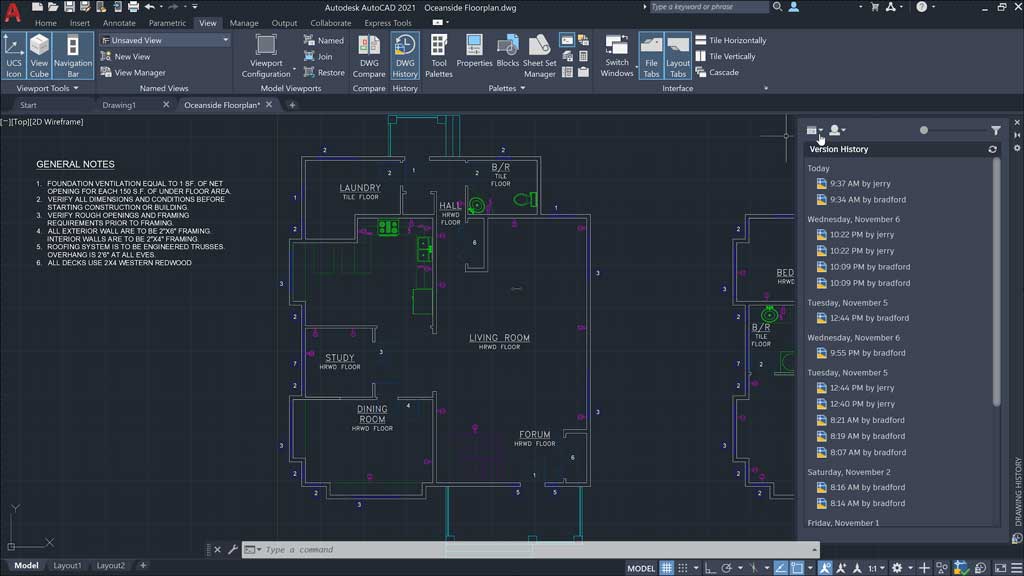
AutoCAD stands as a cornerstone in the realm of Computer-Aided Design (CAD), facilitating the creation of intricate drawings, models, and blueprints with unparalleled precision and efficiency. However, to fully leverage the power of AutoCAD, it’s crucial to consider both accessibility and storage efficiency—ensuring that users can seamlessly access their projects and optimize the utilization of storage resources. In this extensive article, we will delve into the multifaceted aspects of accessibility and storage in AutoCAD, exploring strategies, best practices, and innovative solutions to enhance user experience and productivity.
Understanding Accessibility in AutoCAD:
Accessibility in AutoCAD refers to the ease with which users can access their drawings, projects, and tools within the software environment. Accessibility encompasses various aspects, including interface design, navigation, customization, and collaboration features. Here are some key considerations for enhancing accessibility in AutoCAD:
- Customizable Workspace: AutoCAD allows users to customize their workspace by arranging tool palettes, menus, and toolbars to suit their preferences and workflow. By organizing tools and commands in a logical and intuitive manner, users can streamline their workflow and access essential features with ease.
- Keyboard Shortcuts: Leveraging keyboard shortcuts in AutoCAD can significantly enhance accessibility by allowing users to execute commands quickly and efficiently. Customizing keyboard shortcuts for frequently used commands can save time and reduce reliance on mouse-based navigation.
- Command Line Interface: The command line interface in AutoCAD provides a text-based method for entering commands and accessing features. Experienced users often prefer using the command line for its speed and precision, making it a valuable accessibility feature for power users.
- Contextual Menus and Tool Palettes: AutoCAD offers context-sensitive menus and tool palettes that provide quick access to relevant commands and tools based on the current context or selection. By presenting options in a contextual manner, AutoCAD enhances accessibility and reduces the cognitive load on users.
- Accessibility Options: AutoCAD includes accessibility options such as high-contrast themes, screen reader compatibility, and customizable cursor sizes to accommodate users with visual or motor impairments. These accessibility features ensure that AutoCAD remains accessible to users of all abilities.
Optimizing Storage Efficiency in AutoCAD:
Storage efficiency in AutoCAD revolves around the effective management of drawing files, project data, and associated resources to minimize storage space usage and optimize performance. Here are some strategies for optimizing storage efficiency in AutoCAD:
- Purge and Clean Drawings: Periodically purging and cleaning drawing files can help remove unnecessary layers, linetypes, blocks, and other elements that contribute to file bloat. AutoCAD provides tools such as the PURGE command and the Audit tool to identify and remove unused or redundant elements from drawings.
- External References (Xrefs): Leveraging external references (Xrefs) can help reduce file size and improve organization by breaking up large projects into smaller, more manageable components. Xrefs allow multiple users to collaborate on a project while maintaining a central reference file, reducing redundancy and improving storage efficiency.
- Data Extraction and Archiving: Extracting and archiving project data that is no longer actively used can help free up storage space and streamline project management. AutoCAD provides tools for extracting drawing data, such as the Data Extraction wizard, which allows users to selectively extract and save relevant information for future reference or archival purposes.
- Optimized File Formats: Choosing the appropriate file format for saving AutoCAD drawings can impact storage efficiency. While the DWG format is the native file format for AutoCAD, users may opt to save drawings in other formats such as DXF (Drawing Exchange Format) for compatibility with other CAD software or PDF for sharing and collaboration purposes.
- Cloud Storage and Collaboration: Leveraging cloud storage solutions such as Autodesk Drive, OneDrive, or Dropbox can provide scalable storage options and facilitate collaboration among team members. Cloud storage allows users to access their AutoCAD drawings from any device with an internet connection, promoting flexibility and accessibility.
Conclusion:
In conclusion, accessibility and storage efficiency are essential aspects of the AutoCAD experience, influencing user productivity, collaboration, and overall satisfaction. By prioritizing accessibility features such as customizable workspaces, keyboard shortcuts, and contextual menus, AutoCAD empowers users to navigate the software environment with ease and efficiency. Additionally, optimizing storage efficiency through practices such as purging drawings, leveraging external references, and utilizing cloud storage solutions ensures that AutoCAD users can effectively manage their project data and resources while minimizing storage space usage. As AutoCAD continues to evolve and innovate, it remains committed to enhancing accessibility and storage efficiency, providing users with the tools and resources they need to succeed in the world of Computer-Aided Design.